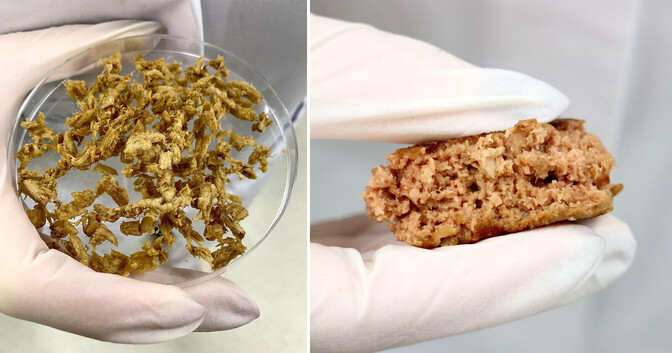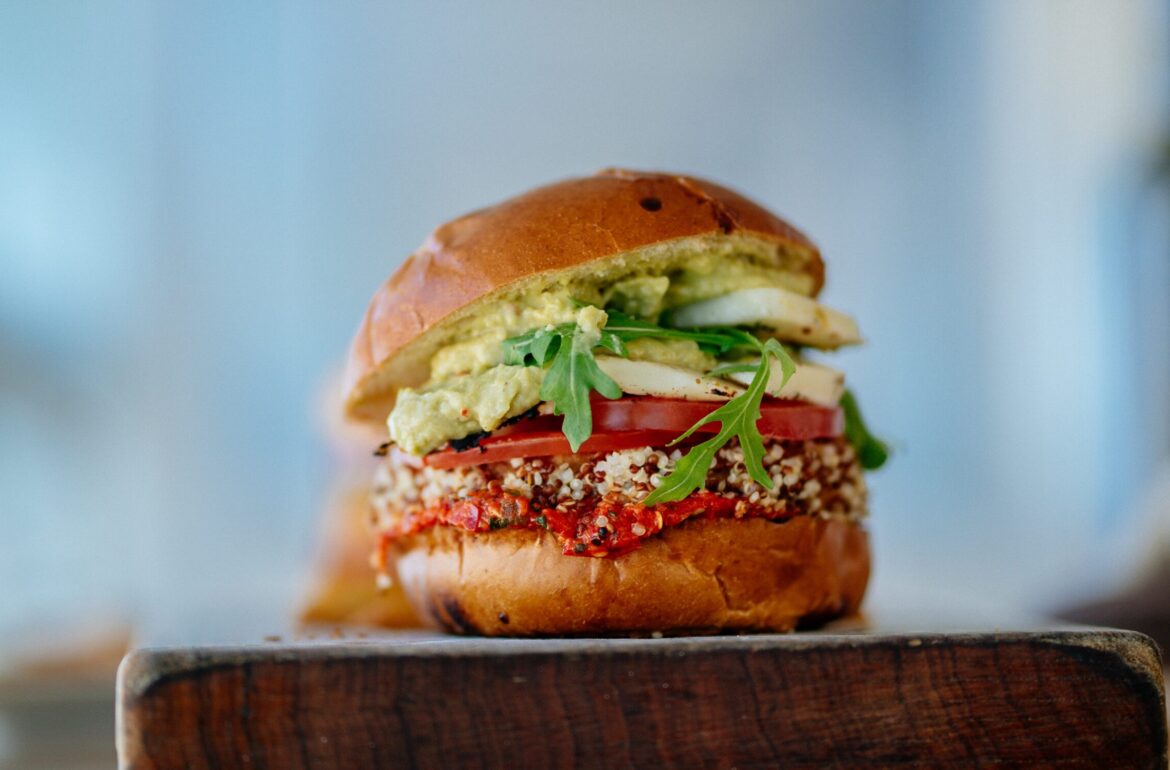Anti-nutrients naturally present in plants may be unfavourable to health in the long term. Estonian scientists have come up with the best way to reduce them.
Having vegan sausages at a barbecue, oat milk in your coffee, or mushroom cutlets for dinner? Just a few years ago, these plant-based foods and beverages would have made meat lovers shudder. Now, vegan food is an everyday reality. This is also supported by statistics: in the EU, the market for meat substitutes grew by nearly half between 2018 and 2020.
Nutritionists along with the World Health Organization have been recommending eating less meat for years now. And the production of food with animal origins is more harmful to the environment as well. For example, cow’s milk has a carbon footprint about three times greater than that of beverages made from plants. Since people are eating more and more meat alternatives, it is important to ask whether vegan foods are completely safe.
Usually, the energy and nutritional value of foods are written on their packaging, as well as minerals, if there are significant amounts. However, information on anti-nutrients in food is lacking, although it is these substances that determine how much of the essential nutrients, such as iron, zinc, and calcium, will be absorbed in the body.
Anti-nutrients are naturally occurring compounds in plants that can bind with valuable nutrients and remove them from the body. Even if the packaging says there is added calcium in your soy milk, it doesn’t mean the body can absorb it. Anti-nutrients can cause inflammatory processes in the bowels or diarrhoea, which are signs that your body did not absorb the necessary nutrients.
Anti-nutrients protect plants from birds and animals (tannins, saponins) or store the elements necessary for seed germination (phytates). Phytates are contained in whole grains, legumes and bran for example, and weaken the absorption of iron, zinc and calcium.
Compared to the unprocessed grain, the concentration of anti-nutrients is higher in protein powder, which is used to make plant-based drinks and other plant-based alternatives for dairy products.
A few glasses of oat milk will probably not do any harm. As with vitamin D, the lack of minerals may not appear until several years later with symptoms such as fatigue and weakness. That is why processed vegan foods are particularly important to examine, especially if they are consumed in large amounts.
But, it is possible to reduce the anti-nutrients in food. Estonian researchers are searching for the most effective ways to do so at the laboratory of the Center of Food and Fermentation Technologies, because without scientific testing it is impossible to accurately determine anti-nutritional factors in foods. The Estonian Research Council has supported the research within the framework of the resource valorisation program.
Enzyme treatment is the most effective
The research team found that when extruded, i.e. processed at high temperatures and forced through small openings like minced meat, the phytate content of plant protein powders is reduced by 20-30 percent.
Along with plant-based cereal snacks and vegan burgers, one can find fermented yoghurt and kefir-like vegetarian foods on store shelves. The Estonian researchers discovered that fermentation did not reduce the content of anti-nutrients at all, although they used the same fermentation starters used to make the plant-based foods on store shelves.

Although in reality fermentation didn’t show any effect, Tiina Krišciunaite, the head of the working group on plant food valorisation, is still hopeful because based on the scientific literature, there is potential there. “It seems as if there are no good solutions at the moment, but producers are working on creating new vegan starter cultures,” she said.
According to Krišciunaite, the most effective is a special enzyme treatment that can break down all the anti-nutrients in food. During the process, the plant-based mixture is kept at a specific temperature and pH level for several hours.
The content of the anti-nutrients does not necessarily have to be reduced to zero, but in the case of raw materials with a high proportion of anti-nutrients, the process of removing them should be included, Krišciunaite emphasised. However, this would be an inconvenient additional cost for companies. Why invest if no one is checking anyway?
The field of anti-nutrients is unregulated
In the European Union, the content of anti-nutrients in food is studied insufficiently and information about them does not reach food packaging. The European Food Safety Authority stated that they have not drawn up any documents specifically looking at the content of anti-nutrients. Rapeseed, for example, has been analysed and found to have a similar amount of anti-nutrients to soybeans. Therefore, the Authority concluded that there was no cause for concern.
However, according to Krišciunaite, the analysis of phytates alone isn’t enough to provide an accurate answer. If the food contains a lot more iron, for example, then no problems will occur. But if the food is low in minerals and high in phytates, that can be detrimental to health.
“The ratio between the contents of minerals and phytates is what makes things difficult and probably as a result of this, specific standards for phytates cannot be set yet, “said Krišciunaite.
The Estonian dairy company Tere AS also noted that they have not taken into account the content of anti-nutrients in their oat drink. “We could consider this as a topic for the future,” said Liina Kimmel, the company’s product innovation manager.
The issue of anti-nutrients was raised when developing new meat and dairy-based food alternatives at the Center of Food and Fermentation Technologies. Over the course of the work, scientists were surprised to discover that these compounds could not be determined at local or international laboratories. “Had there been a laboratory that provided that kind of analysis, we would have commissioned a study,” said Krišciunaite. “Since we have the instrumental capabilities to do so, there was no choice but to develop the methodologies ourselves.”
Krišciunaite hopes that someday, in addition to minerals, there will also be information on anti-nutrients on vegan food packaging. That way we can be fully assured that we are getting important nutrients from our food and they are being absorbed by the body.
“Until then, conscious consumers of plant-based foods should eat diverse food, vary the types of legumes and cereals in their diets and use plant-based drinks and meat alternatives offered by different producers if possible,” recommended Krišciunaite.
Written by: Marian Männi. The translation of this article from Estonian Public Broadcasting science news portal Novaator was funded by the European Regional Development Fund through Estonian Research Council.
 Back
Back



